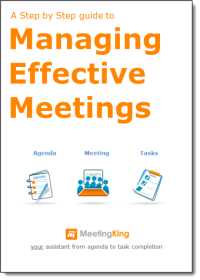50m3 P30pL3 CAN unD3R57AND 73×7 3V3N wh3N 73H 73X7 12 m1X3d uP. 8u7 17 12’n7 3A5Y, r19h7?
(To translate that into English, just use this leet-speak translator 🙂 )
In other words, you need to remember that not everyone speaks your language. For example, you’re the marketing guy – you know what SEO is, you know what the Panda update was, you know what Twitter Lists are, and SMM, and so on. But the developer has no idea what you are talking about. On the other hand, HE knows what object-oriented means, he knows what’s the difference between Lean and Kanban, and he can code with pearls on a train, or Rubies on Rails or something like that.
Everyone has their own acronyms, and their own areas of specialization where they talk what sounds like nonsense to others who don’t share the same interest. This goes for everything by the way – I listened to my wife talk to her friends about McDreamy and McSteamy for 10 minutes before I realized they weren’t talking about new hamburger meals.
So why bring this up?
Because meetings are for everybody. And that means that when you write down tasks, or decisions, or minutes, you have to be clear – not just your brand of clear, but clear for everybody.
I remember sitting down to a meeting, where we spent a few hours discussing various parts of a website, and what needs to be changed, and improved, and price plans and so on. When I got the meeting minutes it looked more or less like this:
- Homepage – Nds redo. Color, black? Red done. Button needs to go. Where?
- Apps – Is SEO ready? Tsk: Send to Stan, cc all.
- Pricing – Pstpnd. Nd 2 see comp. List?
Now, I don’t mind which tool you use to manage your meetings. This company doesn’t use MeetingKing (yet), so the minutes were written down in Word and sent manually via email. I DO mind getting meeting minutes from an important meeting that I have to work hard at figuring out just what is going on. The color should be black? The red part of the website is ‘done’? Was there a red part of the website? And what button are we talking about? I remember at least three, each with a different function.
Meeting minutes are there to clarify what was discussed in the meeting, detail tasks and decisions, in a way that everyone – no matter what their job is, or even if they were at the meeting or not – can understand them.
So next time you write your meeting minutes? Be clear. If you HAVE to use semi-professional jargon, give a short explanation of what you are talking about to avoid confusion.
For a classic example, by the way, try every marketing meeting ever, where PR is used for both Press Release and Public Relations (No, they aren’t the same at all).


